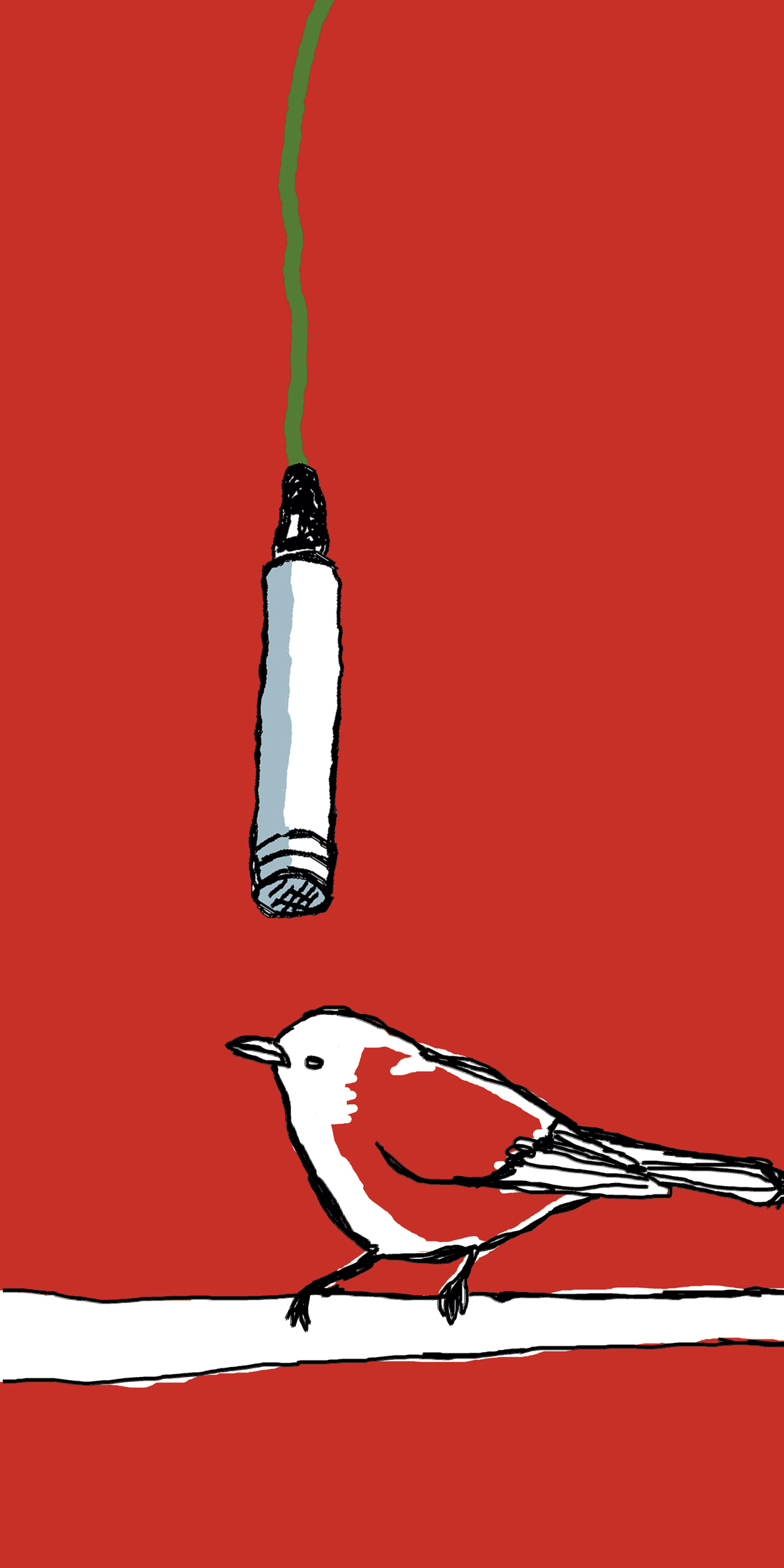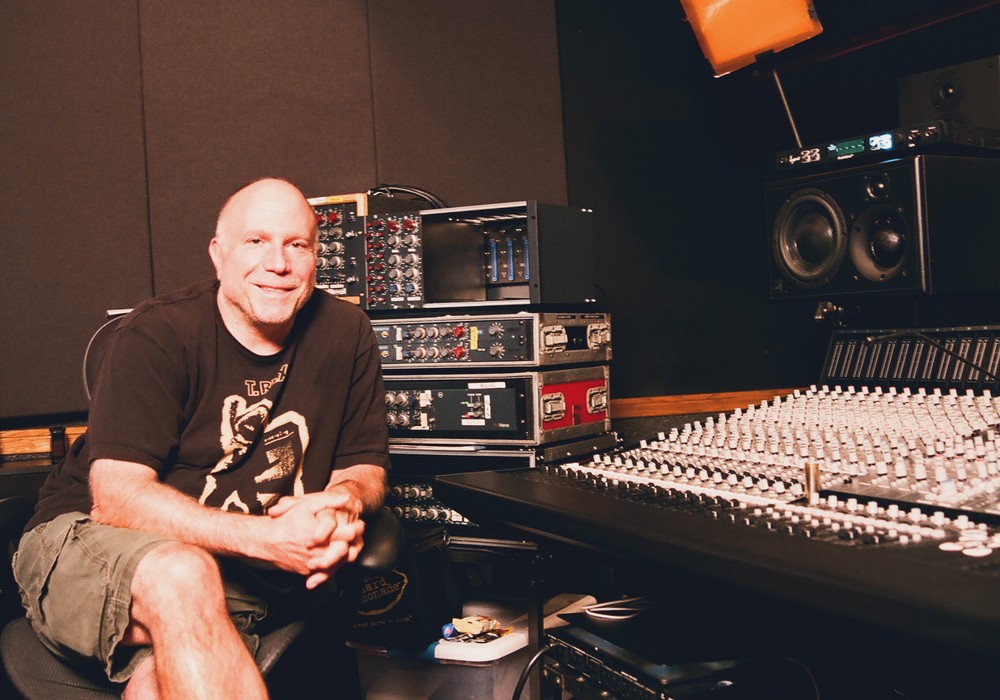The VAC-6c pop screens provide a unique solution to the "How do I tame those damn plosives?" dilemma-you know, the overbearing "P" sounds that create huge low- end peaks on vocals when mics are in cardioid or figure-8 mode. Their Variable Acoustic Compression (VACTM) system utilizes two separate, thin, nylon mesh hoops, each 6'' in diameter. You can use the first screen by itself, or you can add the second screen and vary the distance between the two (0.5'' or 0.8''). First off, these pop filters have a pretty ingenious mounting scheme. The part that attaches to the mic stand is a spring clip with a bolt and wing nut through it that you can clamp and tighten down. It even accommodates the 3/8'' thin end of a boom extension- something many holders fail to do. Coming off the clamp is a 180-degree swinging pivot with another wing nut, which is attached to the highly flexible 15'' gooseneck. At the end of the gooseneck is a ball joint with about a 90- degree angle of swing for the pop-screen holder. On the screen holder are slots to snap the plastic-molded rings and screens in place. In use, this whole assembly was really quick to set up on a variety of stands and seemed fairly durable. For tests, I ran the same voice/mic/preamp combo on takes without a pop screen (cardioid and omni); with a Stedman Proscreen 101 (a metal, louvered screen that I generally use); with the VAC-6c utilizing one layer of mesh; and with both layers of the VAC-6c, switching between the two screen distances. And then I listened.... With no pop screen in cardioid, there was great high-end clarity, but the low-end peaks were out of control, and easily visible in Pro Tools as well! In omni (mostly for my own knowledge) with no screen, the clarity was the best, but the room became much more present and lively-not something you would always want!
The pop filters were all checked back in the cardioid pattern. All the filters reduced the low-end plosives, with the Stedman retaining more of the low-end energy, the single-layer VACTM reducing the plosives a bit more, and the dual layers acting about the same to my ears as the single layer for the low-end. Like I said above, the Stedman 101 had the biggest low-end response, letting more of the plosive through (but nothing like the mic without a screen) and had a nice, clear top end. The single VACTM mesh filter was more like the 101's top end, but tucked in the lows a bit more, which could be preferable in certain situations to increase clarity and articulation. With two VACTM screens close, the high end sounded slightly attenuated-probably the extra layer of mesh coming into play-and would help with possible sibilance problems. With the second layer with more space between the two, there seemed to be a slight bit more compression factor happening, which went against what I would have first assumed until I thought about it. Having more air space between the screens would probably diffuse the energy of the vocal more than the close layers-just like sound traps in a room. My verdict? I like the variety, and I'm surprised. When I A/B'ed the Stedman 101 against regular pop filters (single and dual mesh) years ago, I got rid of all my fabric pop screens. Now I'm hearing the subtle differences that these pop screens can have, and I want to hang onto the VAC-6c in order to take advantage of these differences. There's also a smaller version of this pop screen, the VAC-3.5c, which has two 3.5'' wide screens for tighter placement. Also, a new shockmount attachment system (the VAC-s series, for either size screen) has an 8'' gooseneck and can mount on anything that's 0'' to 4'' wide-allowing it to hang onto large mic shockmounts and other places. I even used one on an SM58 that someone wanted to hand-hold! More tools at my disposal-good! ($63 MSRP; www.popfilter.com)





_disp_horizontal_bw.jpg)